SAN DIEGO, Dec. 10, 2013 -- Approximately 40 percent of Americans spend three or more hours per day looking at a computer screen or hand-held device, and those numbers are expected to increase during the holidays with all the iPads, DS's, and learning tablets that will be given as presents this holiday season.[1] While the compulsion for technological devices has grown, so have the associated vision-related disorders such as computer vision syndrome (CVS), which affects approximately 90 percent of individuals who spend three or more hours per day looking at a computer screen. Dr. Sandy T. Feldman -- a nationally-recognized ophthalmologist and corneal expert at Clearview Eye & Laser Center in San Diego -- warns patients that these problems could turn into more serious vision issues if left untreated or unaddressed.
"If we as a society are going to continue to rely on technology and technological devices in both our personal and professional lives, we must also take precautions to help prevent or reduce the strain that technology is having on our eyes," said Dr. Feldman. "Studies show that between 50 to 90 percent of people who work on a computer experience some sort of issue with their vision. These numbers will only continue to grow -- especially during the holidays when people have more free time -- if we don't take the necessary steps to protect our eyes from all the overstimulation."
To rule out any potential vision issues, Dr. Feldman offers the following tips to help reduce the risk of overstimulation on the eyes and prevent other major vision problems from developing:
[1] American Optometric Association
As a leader in the field of ophthalmology, Dr. Sandy T. Feldman has participated in FDA clinical studies of Personalized LASIK. Currently, she is involved in studies of a new treatment to halt the progression of keratoconus, a disease in which the fitting of contact lenses can become challenging. In 2009, she was one of ten laser eye care providers in the U.S. to receive the Goldline Award as seen in Forbes Magazine. In 2010, she was awarded the Silver Elite RealSelf award, and in 2011, she was awarded Top Doc San Diego, inducted into the prestigious American College of Ophthalmic Surgeons and was one of the nation's 15 leading laser eye surgeons as seen in Newsweek magazine. In 2013, Clearview Eye & Laser Medical Center was voted best LASIK center in San Diego by CityBeat Magazine. Dr. Feldman is a member of the American Academy of Ophthalmology and American Society of Cataract and Refractive Surgery.
Clearview Eye & Laser Medical Center6255 Lusk Blvd, Suite 100, San Diego, CA 92121
858.452.3937
www.clearvieweyes.com

Call Us: (858) 452-3937
8:30AM - 7:00 PM - Monday through Saturday (Saturday until 11:30AM)